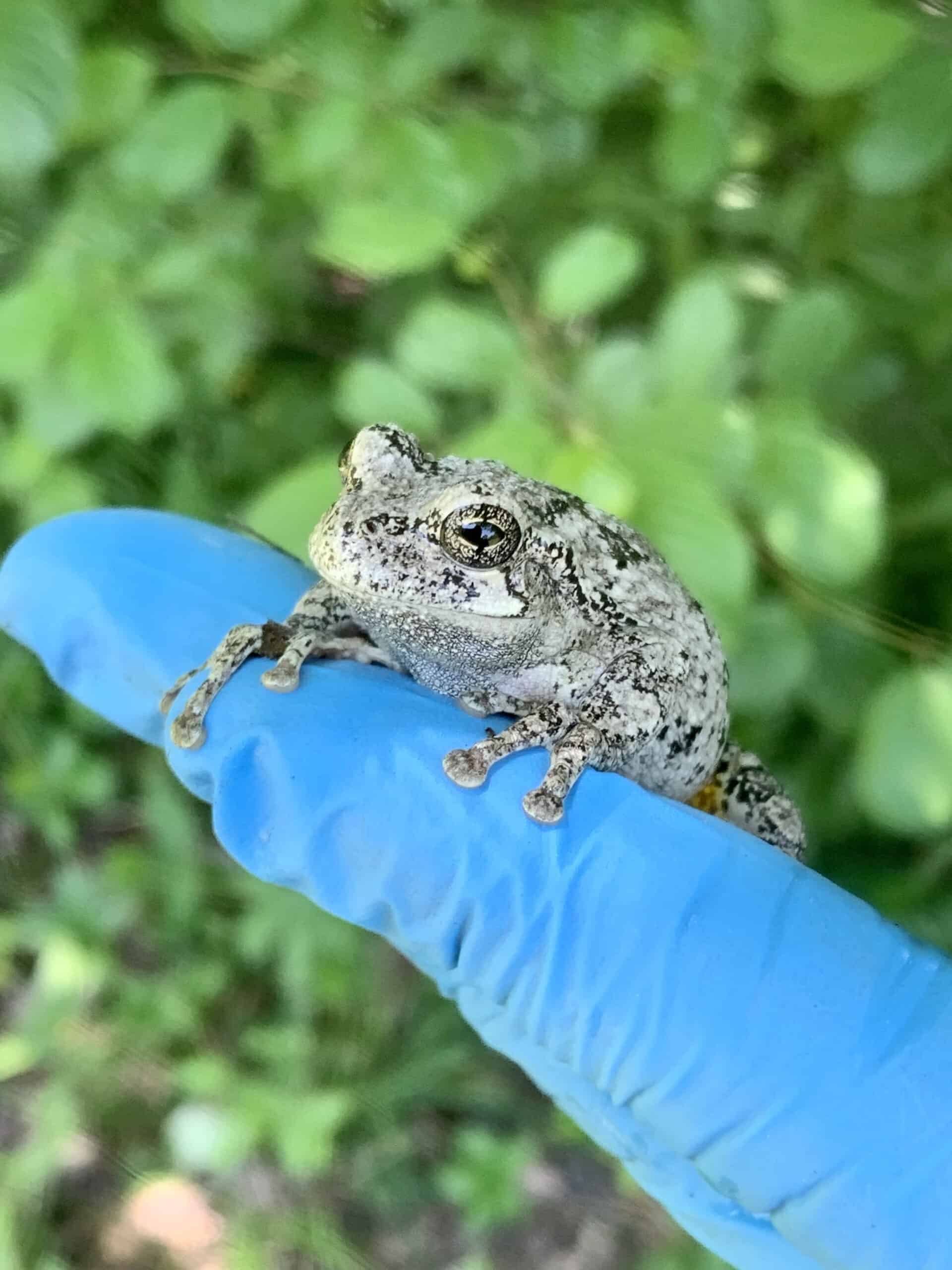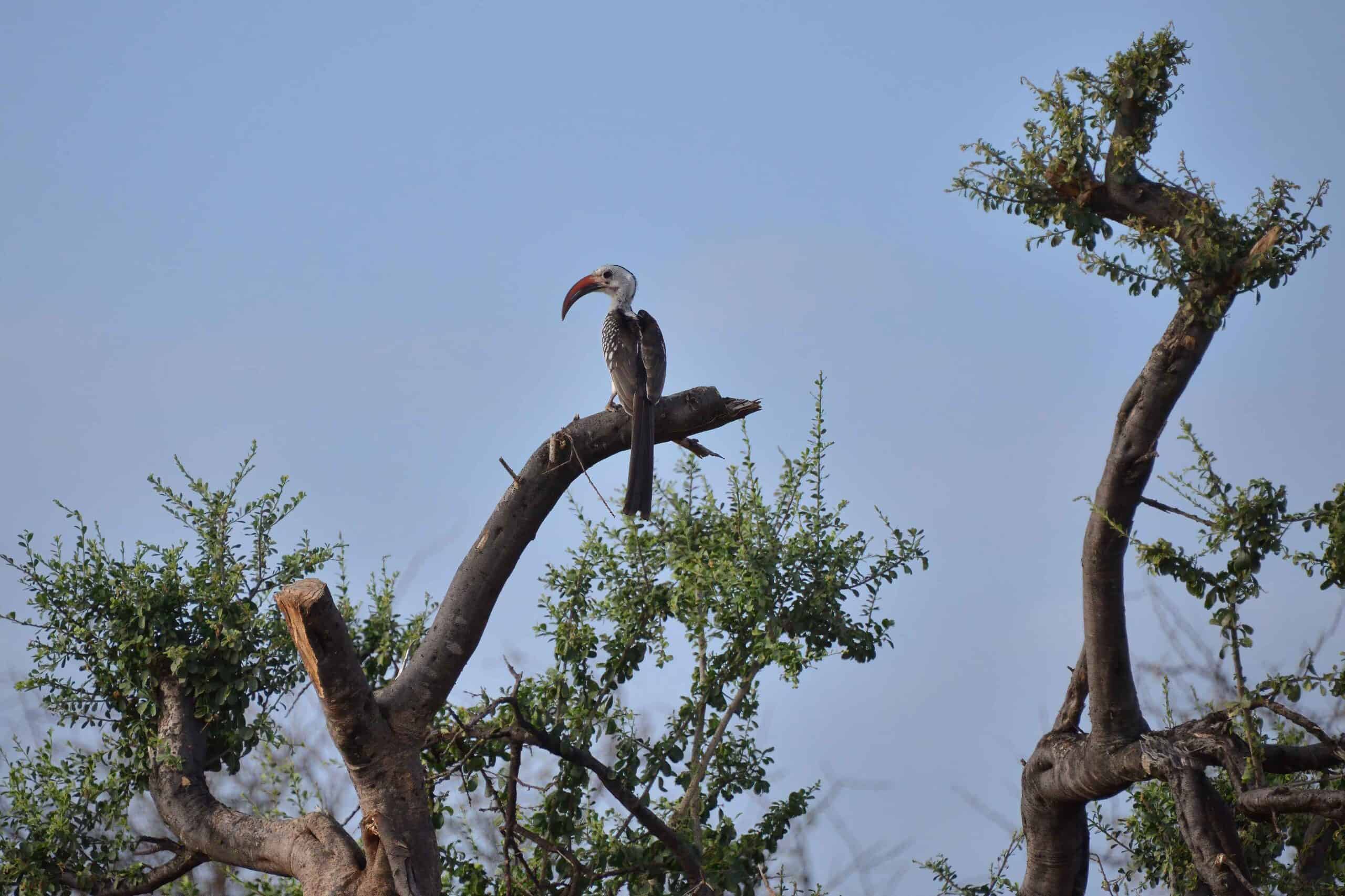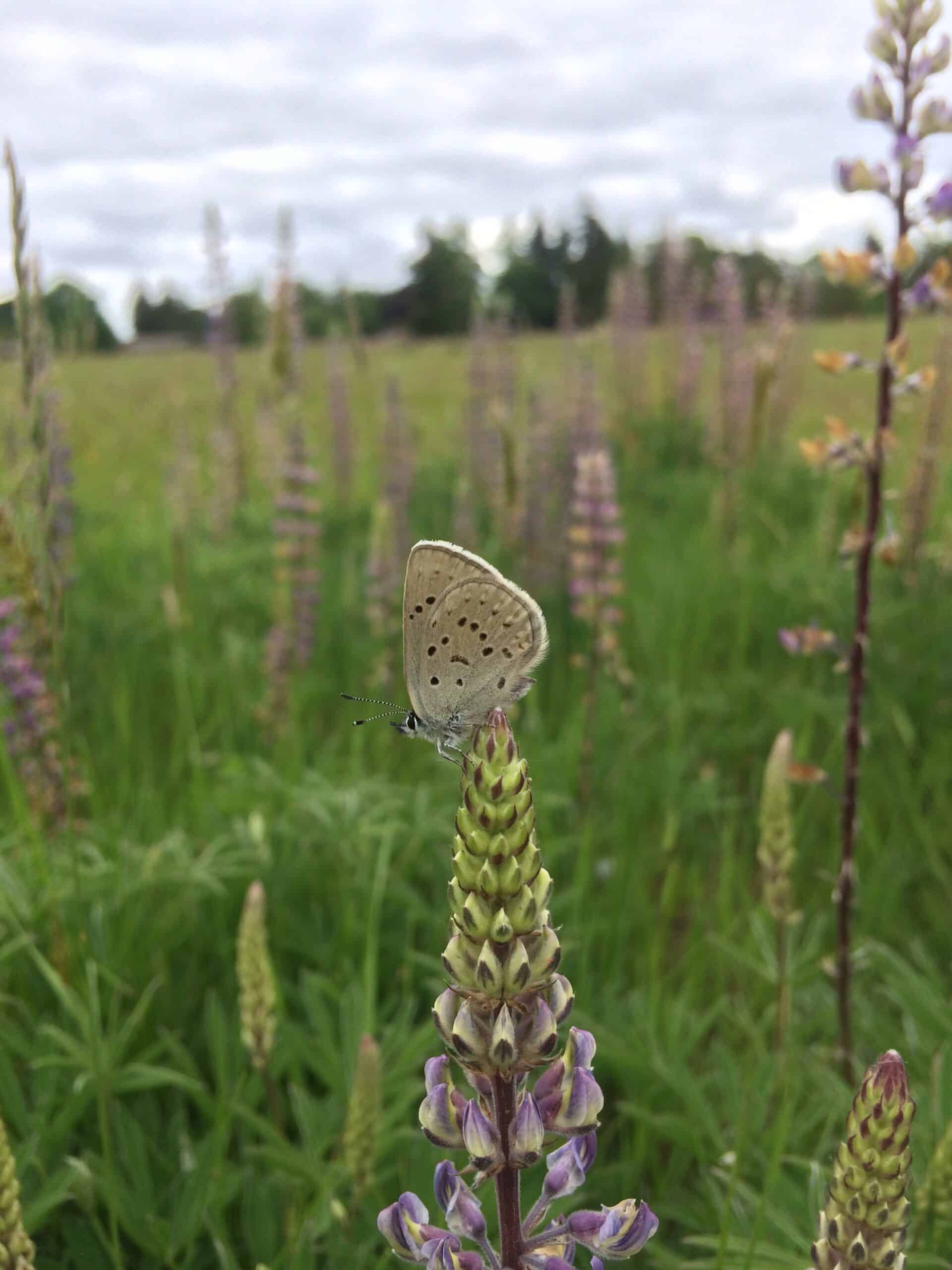Share this article
Lead diminished bald eagle recovery and continues to pose risks
Bald eagles have made a remarkable recovery from the brink of extinction, but lead contamination diminished that recovery, researchers found, and it continues to leave the species more vulnerable to other threats.
“The populations aren’t as resilient as they would be if lead wasn’t in the environment,” said Krysten Schuler, senior author of a recent study on the effects of lead on bald eagles in the Journal of Wildlife Management. That raises concerns that if complications arise from climate change or disease—like an outbreak of West Nile disease—populations would be less able to recover.
“There’s not enough buffer within these populations to withstand mortality,” said Schuler, a TWS member and co-director of the Cornell Wildlife Health Lab.
Schuler and her team found lead contamination slowed bald eagle recovery in the northeastern United States by 4-6%. That may not seem like much of a problem. Bald eagles (Haliaeetus leucocephalus) rebounded dramatically after the 1972 ban on the pesticide DDT, which weakened their eggshells and put them at risk of extirpation throughout much of their range. From a low of 417 nesting pairs in 1963, bald eagles had recovered enough by 2007 for the U.S. Fish and Wildlife Service to remove them from the endangered species list. Last year, biologists counted about 71,467 nesting pairs in the Lower 48 states.
But while the eagles recovered, lead had a population-level impact, Schuler said, and concerns remain about how lead continues to impact them and other species. Bald eagles mainly ingest lead by eating unrecovered carcasses or gut piles left behind by game hunters using lead ammunition. Conservationists have pushed for non-lead alternatives, but they’ve been slow to gain ground among hunters. Schuler hopes more hunter education will change that.
“I think it goes back to hunters and our conservation ethic,” she said. “Ideally there’s one bullet and one kill. Having these non-target species being exposed to lead isn’t within that philosophical dogma.”
To conduct the study, Schuler and her co-authors combined decades of bald eagle field and laboratory data in the Northeast—about 1,200 population and necropsy records gathered from Connecticut, Massachusetts, Maine, New Hampshire, New Jersey, New York and Vermont—to determine how many eagles were exposed to or killed by lead contamination.
Lead author Brenda Hanley, a mathematician with the Cornell Wildlife Health Lab, took those models and created an alternate reality to see what would have happened if those birds hadn’t died. That tool could be used by other researchers to look at other species and other threats, Schuler said. For her team, it allowed them to determine the role lead played in slowing bald eagles’ recovery and reducing their resilience to other threats.
Schuler hopes the research can shed new light on how lead affects wildlife and how conservationists and managers should respond.
“We keep gathering evidence about what lead does to wildlife populations,” she said. “I wonder when that’s enough. When can we just agree that lead kills animals?”
Header Image: Bald eagles have rebounded from the brink of extinction, but lead contamination hampered that recovery. Credit: George Gentry/USFWS








